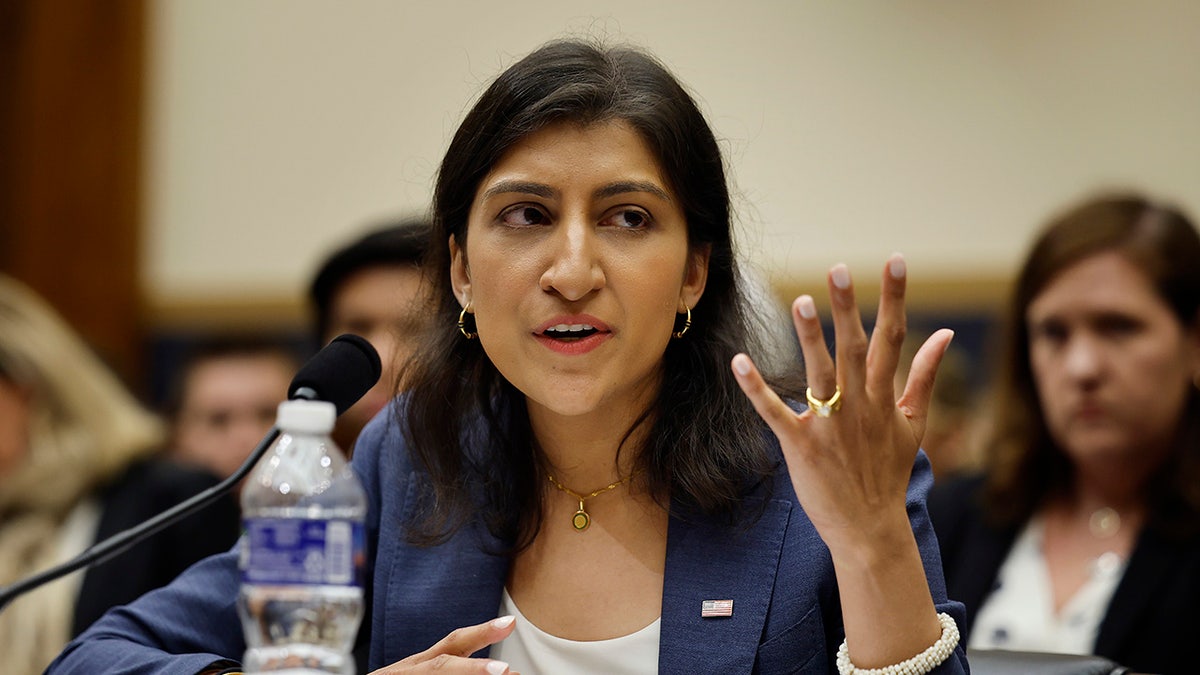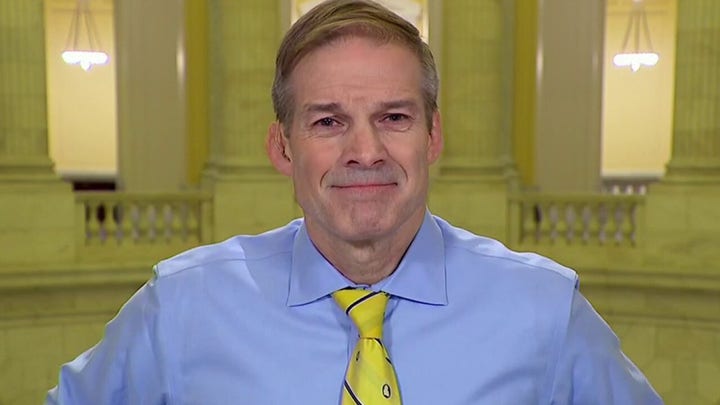The Federal Trade Commission (FTC), under Chair Lina Khan, has faced criticism for its approach to regulation, particularly concerning the proposed "Motor Vehicle Dealers Trade Regulation Rule." This rule aims to overhaul the car buying process, ostensibly to protect consumers from deceptive practices. However, critics argue that the FTC's approach is heavy-handed, redundant, and ultimately harmful to consumers.
The proposed rule introduces a rigid, one-size-fits-all process for car purchases, despite the existing "Truth in Lending" laws already providing consumer protections. It mandates new disclosures, many of which duplicate existing regulations, and dictates when dealers can discuss optional upgrades with customers, hindering the flexibility needed to cater to individual consumer preferences.

The FTC's justification for the rule centers on allegations of price gouging and deceptive advertising by dealerships. However, the agency has not demonstrated that current legal avenues are insufficient to address these issues. Furthermore, the FTC's process for developing the rule has been criticized for its lack of transparency and inadequate consideration of public input. The agency failed to list the rule on its official agenda before its public release and denied requests to extend the public comment period.

The FTC's cost-benefit analysis is also under scrutiny. The agency offers only a single, unsubstantiated benefit estimate for the entire rule. Independent analysis by the Center for Automotive Research suggests that the rule would actually cost consumers $38 billion over ten years, while increasing the car buying process by two hours, contradicting the FTC's claims of significant consumer benefits.

Critics argue that the FTC's approach to this rule exemplifies a broader trend of regulatory overreach, prioritizing a press release-driven agenda over sound administrative process. This approach, they contend, ultimately harms the very consumers the agency is tasked with protecting. The lack of thorough analysis and public engagement raises concerns about the final rule's effectiveness and potential unintended consequences.









